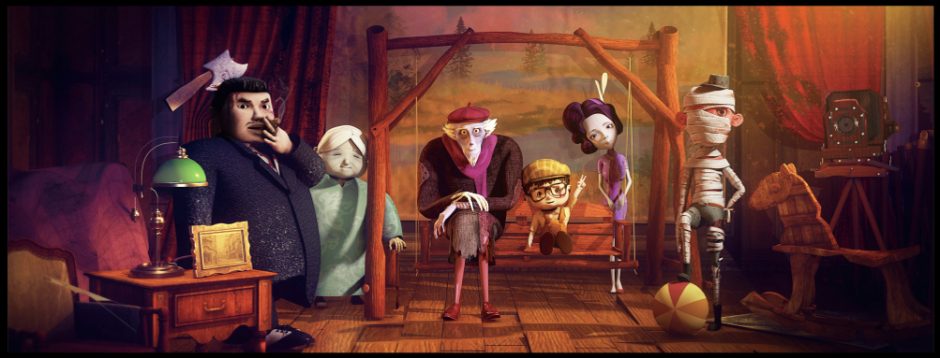The full name of “IBL” is “image-based lighint”, which is a method of camouflage global illumination. Using this method can obtain better visual effect and achieve the purpose of real-time rendering
One of the ways to achieve this is to capture an environment map first. This image can be taken by a camera in the real world (HDR is recommended for better effect). It can also be rendered in real time by a camera in the game.
- Revising the Light-rig
- setting up render layers and AOVs
- Relighting in Nuke
- Summary
update roughened spheres Shader
set up a standard surface with greysphere and chrome
Render Layer Greysphere


Render Layer Chromesphere


change the transform of the light to change the shadow position

Render layers. It’s the way we bleep the different elements into their own layers so can adjust them separately.
AOVs
A space on the lighting so we can break down the beauty, render into multiple lighting render. And beyond that, for each lighting render, we can break it down into food based on the shading component( diffuse component specular components and subsurface ghetto component).
with the help of this I.D. pass, we can easily separate the characters in com and apply different settings on them. And also the position pass so we can use the position. We can use the position past to draw a map, draw a map based on where the ground is so that we can discard the other Paxos in other areas.



breaking it down in to render of different light source.

Render seperately
we can just add them back together to reconstruct or reproduce the image identical as if we are rendering free lake together.

Aovs




Z is generally used to make the air fog and depth of field of the scene.

Albedo. This is a pure color layer without any light effect, which is generally used with AO.

Ao, which translates to mean environmental shading, is used to superimpose the shadow generated by the contact between objects to increase the sense of volume.

Coat, varnish layer, is the second layer of high gloss of materials. Generally, there are glazes like blue and white porcelain, as well as car paint.

Diffuse. This is a color layer with light information. There is no material other than color inside.

Direct. This is the direct illumination layer. It calculates the effect of direct illumination according to the light in the scene. It does not calculate the effect of photon rebound.

Emission. This is the literal meaning of self illumination. This channel will extract the materials with self illumination parameters in the scene. It is convenient to adjust the content related to self illumination.

Indirect. With the above direct, this channel is the photon rebound effect calculated by Arnold according to the light, that is, indirect lighting, just like a sunlight, when it shines into the room, the place where the room is not illuminated will be bright, that is, photon rebound and indirect lighting.

Motionvector. Because the scene is not animated, so use an animated ball as a case. Motionvector motion vector, used to do motion blur effect.

Opacity. This is a transparent channel. If there is a transparent property, it will be put forward to facilitate the control of transparent materials.

Specular. High light layer, used to adjust the intensity of high light AOV stratification.

SSS. When an object has subsurface and skin material, this channel can facilitate the later adjustment of SSS size.

Transmission. Refraction layer, similar to water, glass and other materials with refraction properties, this channel is convenient to adjust the size of refraction and other properties.

resource: https://www.bilibili.com/read/cv6974938/
Maya Process

create a new layer

create collection

create > set > set

Collection filters: Sets
Click middle mouse and drag to the box


Add the attribute of primary visibility


environment

And the light add the attribute of camera (0/1 to visible or invisible the camera background)



Re building beauty layer from aovs
To Add an Environment Light
Read an HDR image of the environment into your script.
Select Transform > SphericalTransform to insert a SphericalTransform node after the HDR image. You use this node to convert the HDR image into a spherical mapped image. In the node’s controls, select the Input Type and the Output Type (in this case, Sphere).
Select 3D > Lights > Environment to insert an Environment node in your script. Connect the SphericalTransform node to the Environment node’s map input, and the Environment node to the Scene node.

Adding contact shadow and reflection

Feeding back Shading/ Lighting adjustment into Arnold

K — copy node








